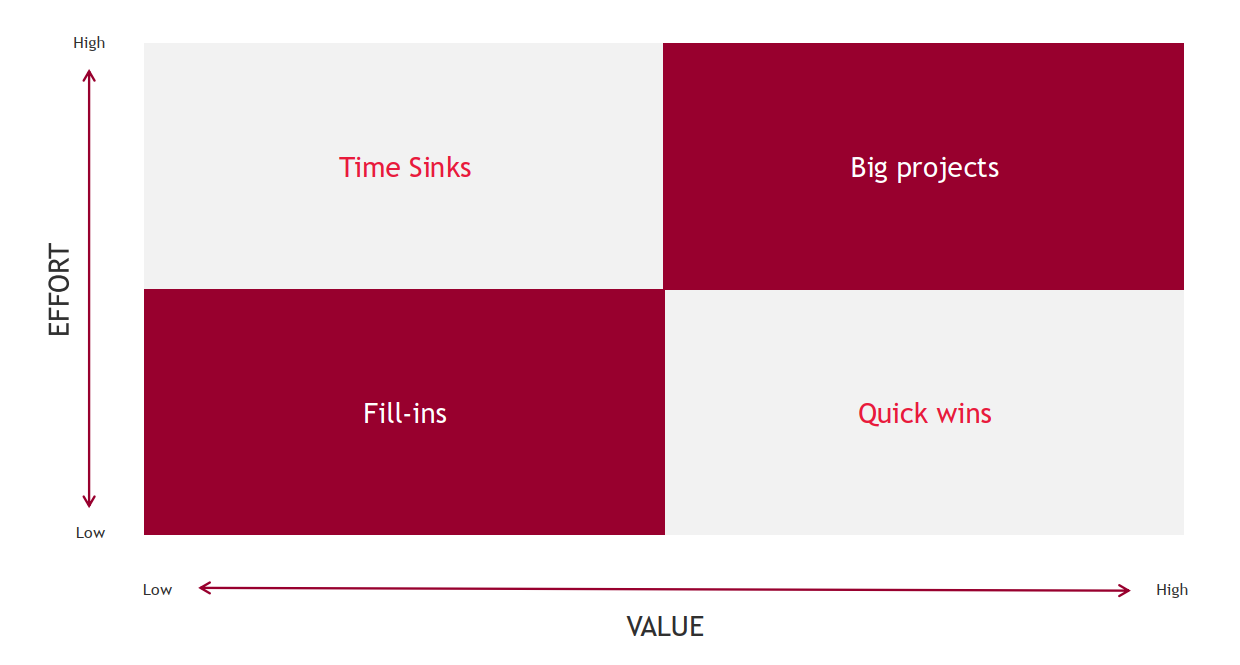Start by clearly defining your key business goals – whether it is entering new markets, improving customer satisfaction or increasing operational efficiency. Each IT investment should be examined based on its potential impact on these goals. For instance, investing in data analytics could help you to better understand customer behaviors, while cloud solutions might provide the scalability you need to enter new markets.
Focus on high-impact projects that deliver immediate business benefits and strategically scheduled projects for future growth. Using techniques like cost-benefit analysis can help you in making informed decisions about where to allocate your resources for maximum impact.

These technologies can empower your business to automate processes, enhance decision-making, and improve customer experiences. When budgeting for these technologies, keep in mind both the initial investment and the ongoing costs associated with training, maintenance, and upgrades.
Along with flexibility, regular evaluation of your IT budget is crucial to meet evolving business goals and trends. Continuous improvement means reassessing your IT expenditures to optimise resources, eliminate inefficiencies, and integrate innovative solutions. This iterative approach ensures your IT budget remains aligned, responsive and effective over time.
Investments in cyber security tools, training, and infrastructure should be prioritised within the IT budget to protect your organisation against threats and vulnerabilities. Moreover, budgeting for compliance measures ensures that your organisation meets industry standards and avoids costly fines or reputational damage.
In practice, this means co-creating the budget with your business leaders, finance teams, and operational stakeholders to ensure that technology investments are directly tied to business value. This shared ownership fosters accountability, aligns your IT initiatives with organisation-wide objectives, and transforms the budgeting process from a technical exercise into a strategic business dialogue.
Crafting a strategic IT budget for sustainable growth is a complex yet rewarding endeavor. To develop IT into a transformer of growth, you should:
A thoughtful budget not only manages your costs but also empowers your organisations to innovate, adapt, and thrive in the face of change - which ultimately leads to sustainable growth and lasting success. Through strategic planning and ongoing evaluation, you can showcase your commitment to harnessing technology as a pivotal component of your growth strategy.
Our BDO experts can support you in designing and implementing a strategic IT budgeting approach that follows and meets all the requirements above. With extensive knowledge of market trends, we provide analyses tailored to your wishes and needs to help you explore different scenarios and identify the most valuable opportunities.
By working with us, your IT budget not only secures sustainable growth but also equips your organisation to make informed, future-proof decisions.

Nicolas Simonnet